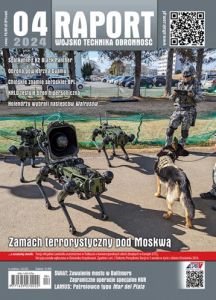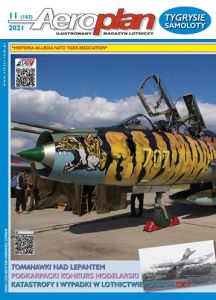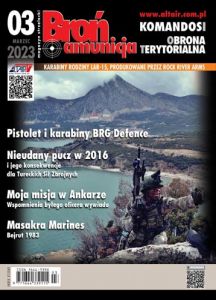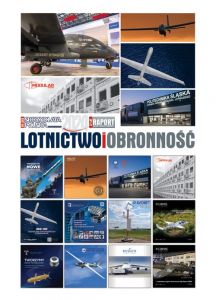Highly dynamical political-military events of the beginning of the 21st century have placed many challenges for Poland's security strategy. One of the most urgent needs resulting from the nature of modern operations was to set up an operational level command, able to run combined operations. The varied capabilities of the individual services required a united component that operates under a single command.
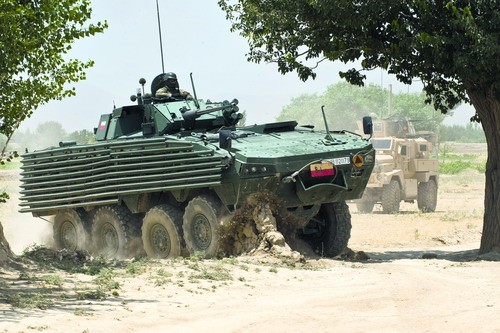
In response to the military needs of the country the Minister of Defence has decided on 22 October 2003 to establish the Polish Armed Forces Operational Command. The command has started actual operation on 1 July 2004. Tasks for peace, crisis and war time have been defined.
One of the most important tasks is to command the Polish Military Contingents (PMC) during missions and operations abroad. Within its statutory duties the Operational Command of the Armed Forces has commanded the contingents detached from all services during operations of both NATO and United Nations', European Union and coalitions, on three continents.
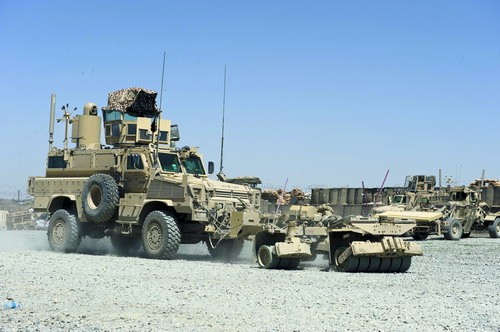
Until now the OC AF commands operations of nearly 3,000 soldiers participating in four missions. The largest Polish Military Contingent (nearly 2,600 soldiers) participates in the ISAF operation in Afghanistan.
Different nature of threats, asymmetric conflict, and the constant evolution of enemy tactics forces incessant analysis and drawing conclusions from operations. The Afghanistan Theatre of operations is subject to detailed daily analysis. Conclusions and experience gained from the Iraqi zone of operations and during subsequent contingents in Afghanistan are reflected both in corrections to the equipment, modifications to the tactics and complex approach to non-kinetic operations, this being an innovation in today's military operations in stabilising missions.
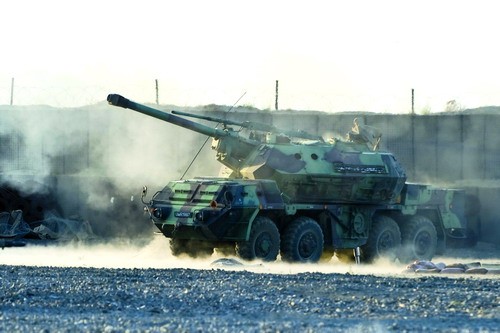
Analysis of events allows definition of requirements posed for new models of combat equipment introduced into service with the PMC, so the modernisation process is best shown during foreign missions.
Events from the initial period of the mission in Afghanistan with the HMMWV type vehicles that, as time went by, failed to ensure proper protection to the soldiers, have necessitated additional deliveries of increased security combat vehicles. Following analyses the number and quality of Rosomak APCs has grown with subsequent PMC tours, from about a dozen in the 1st tour to over 100 in the current one. Ballistic resistance and survivability of the Rosomak in a battlefield has been constantly verified by the enemy since the beginning of our presence in the theatre. Many times the carriers have ensured high level of protection and above all have saved the lives of the crews even during explosions of charges up to several dozen kilogram hitting power. The reliable 30 mm Bushmaster gun, the modern fire control system, thermal camera, power plant and add-on armour have been the principal advantages of the vehicles subjected to constant upgrading. Additionally, Polish soldiers have received over 30 MRAP Cougar and 15 MRAP MaxxPro vehicles, and in the forthcoming weeks more vehicles of the type are going to be delivered to the PMC. The vehicles are largely resistant to improvised explosive devices (IEDs). During an attack the combat compartment structure remains intact even when the chassis is damaged. This has allowed more freedom of movement in field and has increased soldier security.
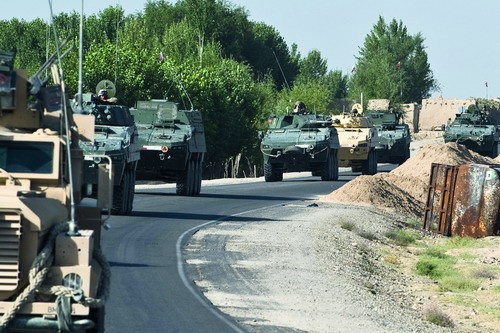
An important conclusion as regards the equipment of such vehicles was to fit medium power HF radios and additional satellite communication systems. These allow maintaining communication on the move during operations far from home bases. Additionally, fitting the Blue Force Tracker/ISAF Force Tracking System (BFT/ITFS) in the vehicles has significantly improved the functioning of the in-field troop command system and has increased the real-time situation assessment capability. The Duke system that prevents radio-triggering of explosive charges by the enemy has become standard.
Thanks to analyses of kinetic operations in various terrain, at significant distances from the permanent bases, aerial support has not been forgotten either. The contingent has been equipped with Mi-17 and Mi-24 helicopters, a total of 12 armoured machines, fitted for night time operations. Additionally, operations by the soldiers are supported by unmanned Aerial Vehicles (UAVs): mini UAV Orbiter and UAVs of coalition forces.

Conclusions and experience have been drawn in regard of the medical backup. The contingent currently has its own field hospital with Polish medical staff. Tactical effectiveness of casualty evacuation by land directly from the battlefield has been improved. This was achieved by sending armoured Medical Evacuation Vehicles (MEV-APC) to the theatre. Casualty evacuation is now possible even under fire.
Changes to the individual equipment have taken into consideration the conclusions of its direct users, the soldiers. Mark 95 helmets have been replaced with the Mark 2005, OLV vests with the UKO, desert boots with trekking ones, night-vision devices and holographic sights have been added, snipers have been armed with the 0.3 in. (7.62 mm) TRG and the 0.5 in. (12.7 mm) Tor sniper rifles, these are just some of the changes over the last year or so.

Previous attacks on Polish bases, the way they were carried out, the different weapons, required more analysis and conclusions. These resulted in expansion of the existing infrastructure. Additional fortifications with observation-sentry towers, reconstruction of the entry gates, outside monitoring system based on daytime and night vision cameras, and employment of recognition elements have directly increased the security of soldiers in their bases. For direct protection of bases in Afghanistan, Polish soldiers use, among others, dogs trained to detect explosives hidden in civil vehicles that enter the base. Conclusions and experience have allowed improved effectiveness of the hitting system, achieved by deployment of 152 mm Dana howitzer guns in the bases as well as of systems detecting mortar and artillery fire.

The constant threat by IED attacks is another source of conclusions and experiences that have started a number of actions to reduce the risk of attack and to minimise its results. The problem of road mine clearing has always been there, but the scale of the IED threat in Afghanistan has achieved significant dimensions. One of the priority tasks has been to provide the PMC with Road Clearing Packages (RCPs) that include, among others, the detecting, neutralising and transport vehicles. Such composition allows high mobility and effectiveness in detecting the mine threat. Additionally, the Inspektor engineering robots have been helpful in recognition and collection of dangerous charges.
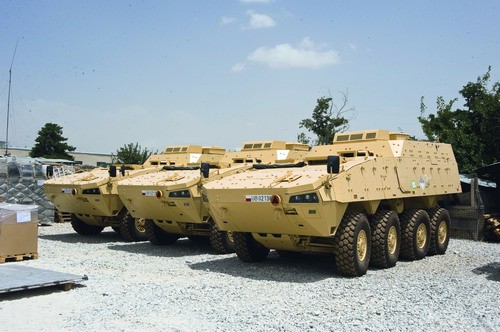
During the first tours of the Polish contingent in Afghanistan attention has been focused on security. But experiences and conclusions suggest that limiting the activity to military operations alone is far from enough to bring the required final status. Significant role in the achievement of the mission goal is played by the Provincial Reconstruction Teams (PRTs). Currently such team is based at Ghazni and it includes 13 specialists, among other for public administration, education, infrastructure, medical service, social matters. Reconstruction of the state institutions and development of the country are the keys to the situation in Afghanistan, so the role of the PRTs is very important.
Events in Afghanistan will probably provide new conclusions and requirements in terms of changes of the equipment, tactics, and non-military operations. Experience from each PMC tour is a priceless capital for the modern armed forces, impossible to achieve at home, so the ISAF mission in Afghanistan should remain at the focus of attention and be the priority, not only for the Armed Forces Operational Command.
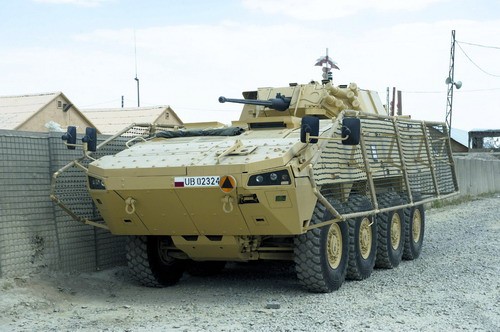
Prepared by: Maj. Mirosław Ochyra
Spokesman Armed Forces Operational Command
